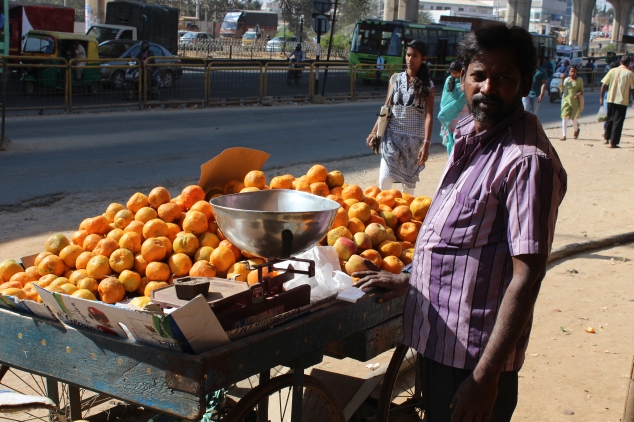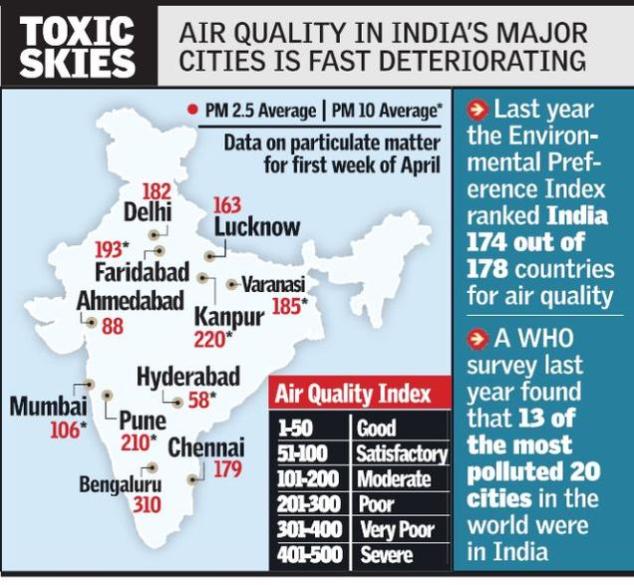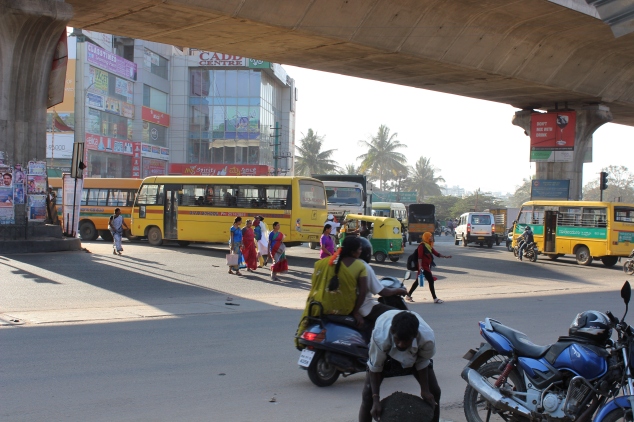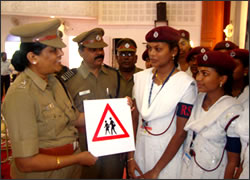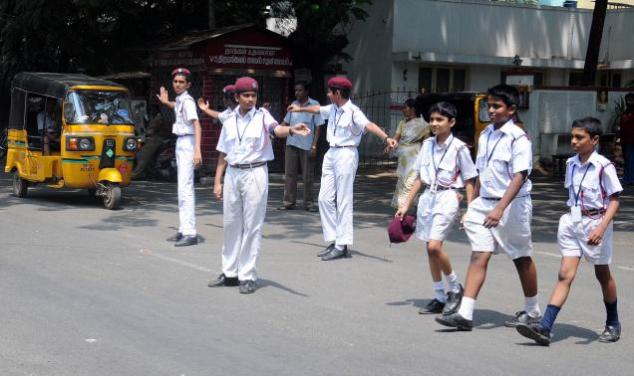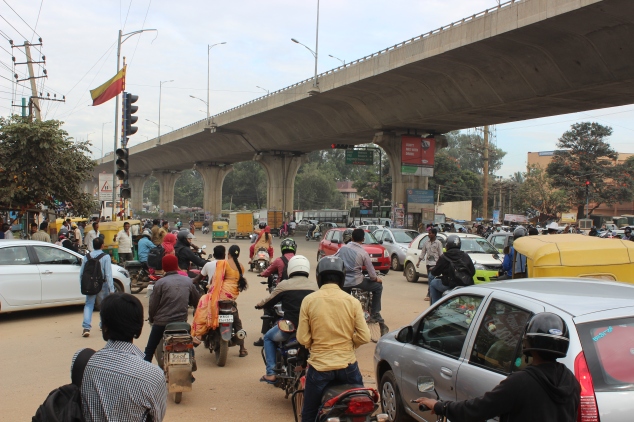“Indian roads were at their deadliest in 2014 claiming more than 16 lives every hour on average. Over 1.41 lakh people died in crashes, 3% more than the number of fatalities in 2013. The numbers of crashes and of people left injured were also the highest levels since the recording of such data started in India—at 4.5 lakh and 4.8 lakh respectively.” (Times of India; Dipak K. Dash, 2014)
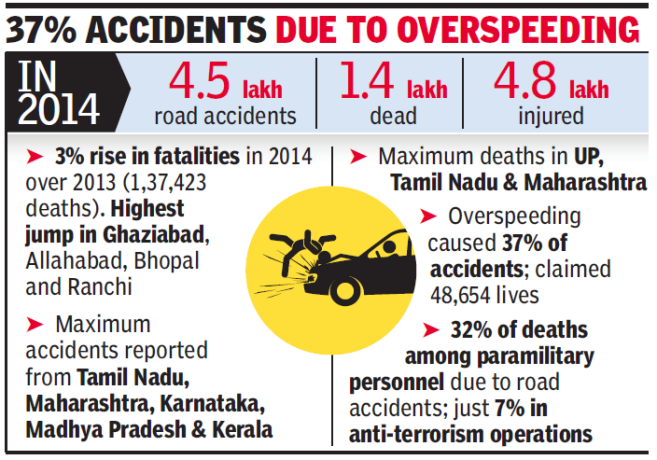
Who cares? Bangalore wasn’t even mentioned in this article. Yup, my bad! I tend to see the worst in everything around me, especially Hosur Road. Oh, but wait…
“The highway extending from Kudlu gate to Huskur gate near Electronic City, saw the highest numbers of accidents resulting in spot deaths in Bengaluru over the last three years. In 2014, 36 out of 55 fatal accidents in Bengaluru were on Hosur Road.” (Citizen Matters; Pavan Kulkarni, 2015)
Let me attempt to try a thought experiment on you, when you’re blind folded and asked to cross the road at Hosa Road Junction. The only sense which can help is your touch and sound but there’s too much noise, blaring horns, vendors yelling, dust on the ground, a banana peel which you nearly slip on and nobody around to guide you because everybody is busy with their own life. How scary was that feeling? This is just an inkling of how it’s like to be disabled and attempting to use any public space in most parts of India.
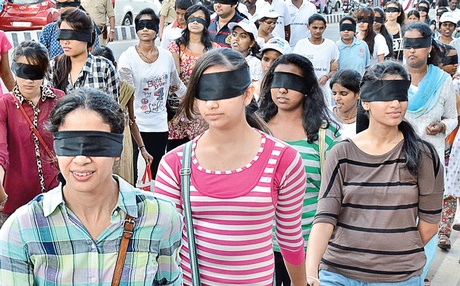
PC: http://www.newindianexpress.com/cities/bengaluru/They-Walked-Blindfolded-for-a-Cause/2014/08/25/article2396836.ece
Such a walk was recently organised by Project Vision group in MG Road, in Bangalore, in an attempt to create awareness on eye donation and making people empathetic to those who can’t see or have lost their vision.
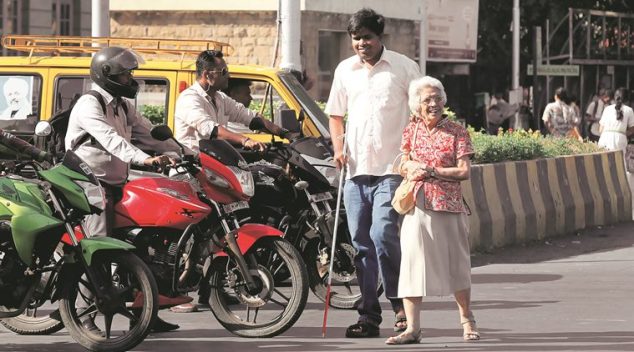
It’s been nine years since the day Sheroo asked Rahul if she can help him cross the road. Express photo by Prashant Nadkar, Mumbai, 17/12/2015 Smita Nair Story
In one of my earlier posts, I had mentioned how I watched a blind man cross the road with ease, using his sense of sound as a guide to escape the vehicular traffic and get to the other side. While talking to a few of my seniors, I was also made aware of how people in wheelchairs cross (with a lot of difficulty) and my faculty alerted me to the actual definition of who is actually DISABLED?!
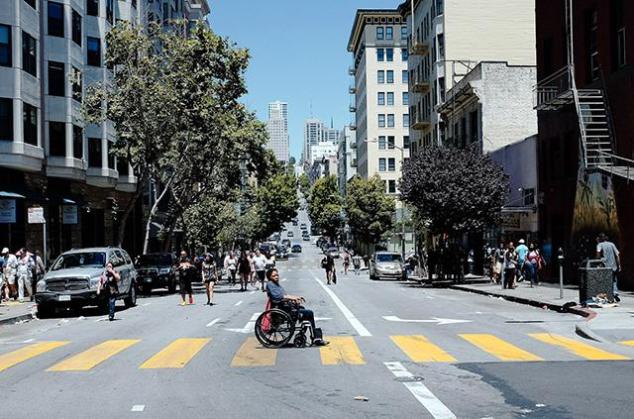
PC: https://www.minnpost.com/second-opinion/2015/11/pedestrian-wheelchair-users-are-increased-risk-dying-road-collisions-study-fi
The CPWD (Central Public Works Department) of India, in their ‘Guidelines and Space Standards for Barrier Free Built Environment For Disabled And Elderly Persons’ defines 4 different types of disability:
- Non-ambulatory: Confinement of individuals to wheelchairs
- Semi-ambulatory: Impairments which cause individuals to walk with difficult and insecurity, individuals with braces, crutches, amputees, arthritis, spastics and those with pulmonary and cardiac ills
- Hearing: Deafness or hearing handicaps which make them insecure in public areas because he is unable to communicate or hear warning signals
- Sight: Total blindness or impairments affecting sight where the individual functioning in public areas is insecure or exposed to danger
Now, I urge you to think about your grandparents crossing that same junction without having someone a little more agile to help. Is it actually required to create a barrier free environment? Whose responsibility is it to create such a space? What do these spaces actually entail? Have all the buildings you work/study/live/eat in been designed to support the disabled? Have you ever wondered why a person in a wheel chair doesn’t travel on a bus? Ever wondered how they would get ON the bus? Ever noticed how people with weak joints avoid public transport?
In a democratic republic like India, when everyone is demanding their rights be it for clean air or wider roads, why is it that nobody seems to be fighting for the disabled? At some point, isn’t it our duty to ensure that everyone has the right to ‘CROSS THE ROAD’ safely, with no insecurity… I mean, that’s the least one could ask for, right?
As an Architecture student, one of the aspects we were grilled on most of our design projects was the importance of how disabled people may use the same space as us. I remember days when we would have designed bathrooms for able bodied people and close to the finish of our design, reminded that we hadn’t remembered to measure the spaces according to the wheelchair. We would go back to the drawing board and keep working at it until our bathrooms could be accessible to people in wheelchairs and other physical disabilities. If an exercise in graduate school was this tedious, shouldn’t the City Planners do the same?
According to the CPWD guidelines, the solutions to these problems are very basic and if designers along with planners sat down together, could create wonderful solutions for these realtime everyday problems. As builders, designers and architects are the users of this standard, it is in their hands to ensure that such an environment be created for all categories of people. This isn’t an economic issue as most solutions are cost-effective and moreover, this sort of work will help to provide a framework for developing policies to ensure a barrier free environment and eliminate the lack of awareness in both the public and private sectors to the problem of accessibility.
As simple solutions which have been tried and tested in other countries, information boards in braille for the sight impaired, the use of paved guiding blocks and installations of audible signages could be the way forward. Whereas for the hearing impaired, boards with easily comprehendible text, illuminated signages and layout diagrams is definitely the answer.
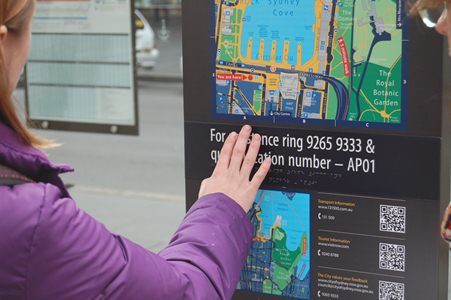
Layout Diagrams helping the deaf find their way without having to ask for help and raised lettering to help the blind.
PC: http://www.guidedogs.com.au/news-and-events/news/20-06-2013/sydneysiders-with-impaired-vision-to-trial-new-braille-street-signs
If these solutions are NOT cost intensive and aren’t very difficult to create or install, why aren’t our roads being fitted with these installations and information boards? Where lies the difficulty? Does anybody have the answers? How long until SOMEBODY else takes a decision?
Here I am, whining to anybody who’ll lend a ear about the lack of disabled friendly spaces when most of our roads aren’t even catered to the pedestrian? The next time anybody tells you that we are a secular, democratic country… pause and reflect… Are we, really?
References
- http://timesofindia.indiatimes.com/india/16-deaths-every-hour-Indian-roads-claim-the-maximum-number-of-lives-in-2014/articleshow/48128946.cms
- http://cpwd.gov.in/Publication/aged&disabled.PDF
- http://bangalore.citizenmatters.in/articles/hosur-road-bangalore-fatal-accidents-reasons
- http://www.newindianexpress.com/cities/bengaluru/They-Walked-Blindfolded-for-a-Cause/2014/08/25/article2396836.ece
- http://indianexpress.com/article/lifestyle/feelings/they-are-not-friends-on-facebook/
- http://www.guidedogs.com.au/news-and-events/news/20-06-2013/sydneysiders-with-impaired-vision-to-trial-new-braille-street-signs
<a href=”http://www.blogadda.com” title=”Visit BlogAdda.com to discover Indian blogs”> <img src=”http://www.blogadda.com/images/blogadda.png” width=”80″ height=”15″ border=”0″ alt=”Visit BlogAdda.com to discover Indian blogs” /></a>

